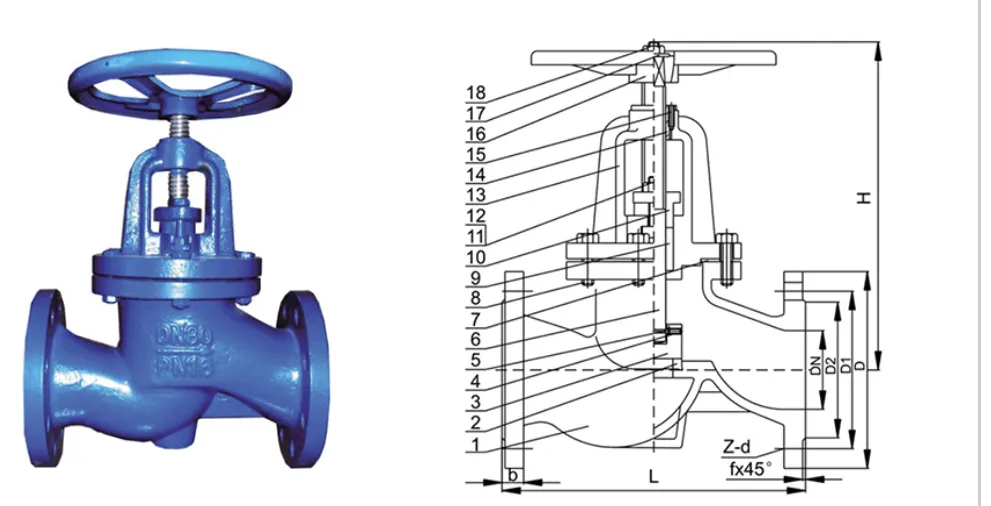Nov . 12, 2024 21:06 Back to list
multi-core cable wire
Understanding Multi-Core Cable Wires A Comprehensive Overview
In today's fast-paced technological world, the demand for efficient, reliable, and high-capacity electrical connections has led to the widespread use of multi-core cable wires. These cables play a crucial role in various applications, ranging from simple electronic devices to complex industrial machinery. This article explores the structure, types, applications, and advantages of multi-core cable wires.
Structure of Multi-Core Cable Wires
Multi-core cable wires are composed of multiple conductors bundled together within a single insulation sheath. This design enables the transmission of multiple electrical signals simultaneously, which is essential in today's interconnected systems. Each conductor within the cable is made from materials such as copper or aluminum, known for their excellent conductivity. The multi-core configuration can vary in the number of cores; common configurations include 2, 4, 6, 8, or more, depending on the intended use.
The insulation surrounding the cores is equally important. It serves to protect against environmental factors, including moisture, heat, and physical abrasion. Common materials used for insulation include PVC, rubber, and various thermoplastics, each offering different protective qualities suitable for specific environments.
Types of Multi-Core Cable Wires
There are several types of multi-core cable wires, each designed for particular applications.
1. Flexible Multi-Core Cables These cables are constructed to withstand bending and twisting, making them ideal for use in areas requiring movement, such as robotics, machinery, and portable equipment.
2. Armored Multi-Core Cables Equipped with a protective metallic armor, these cables provide enhanced protection for underground or harsh environments where physical damage could occur. They are commonly used in construction sites and heavy machinery.
3. Screened Multi-Core Cables These cables feature a shielding layer that helps reduce electromagnetic interference (EMI), making them suitable for sensitive applications where signal integrity is paramount, such as in telecommunications and audio/video systems.
4. High-Temperature Multi-Core Cables Designed to operate in extreme conditions, these cables can withstand high temperatures, making them ideal for applications in power plants, aerospace, and other heat-intensive environments.
Applications of Multi-Core Cable Wires
The versatility of multi-core cable wires allows them to be used in a wide range of applications
.multi-core cable wire

- Industrial Automation In automated manufacturing processes, multi-core cables are vital for connecting various sensors, actuators, and control systems, enabling seamless communication and operation.
- Telecommunications Multi-core cables facilitate data transmission in telecommunication systems, allowing for the networking of devices over long distances without significant loss of signal quality.
- Construction These cables are commonly used in building networks for lighting, heating, and various electrical appliances. Their robust construction ensures safety and reliability in residential and commercial infrastructures.
- Automotive In modern vehicles, multi-core cables enable the functioning of various electronic components, including sensors, infotainment systems, and safety features.
Advantages of Multi-Core Cable Wires
The use of multi-core cables offers several distinct advantages
1. Space Efficiency Bundling multiple conductors into a single cable reduces clutter, making it easier to manage wiring installations.
2. Increased Signal Integrity Multi-core cables improve signal quality by minimizing interference, especially in screened varieties.
3. Enhanced Safety The insulation and protective layers help prevent electrical faults, reducing the risk of accidents and equipment damage.
4. Flexibility and Versatility With different types available, users can select cables that best suit their specific needs, whether for flexibility in movement or resistance to environmental challenges.
Conclusion
Multi-core cable wires are an essential component of modern electrical infrastructure, providing the necessary framework for reliable and efficient communication and power distribution. Whether in industrial settings, telecommunications, construction, or automotive applications, their versatility and reliability make them a preferred choice for engineers and technicians alike. Understanding the various types of multi-core cables and their applications can help in making informed decisions for any project that requires efficient electrical connectivity.
Share
-
Reliable Wafer Type Butterfly Valves for Every IndustryNewsJul.25,2025
-
Reliable Flow Control Begins with the Right Ball Check ValveNewsJul.25,2025
-
Precision Flow Control Starts with Quality ValvesNewsJul.25,2025
-
Industrial Flow Control ReliabilityNewsJul.25,2025
-
Engineered for Efficiency Gate Valves That Power Industrial PerformanceNewsJul.25,2025
-
Empowering Infrastructure Through Quality ManufacturingNewsJul.25,2025